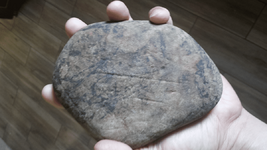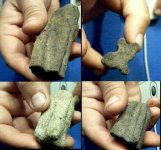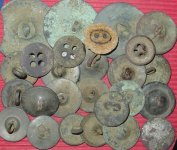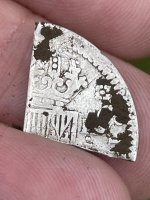Tedyoh
Bronze Member
- Apr 13, 2013
- 1,566
- 1,619
- Detector(s) used
- XP Deus, NOX 600, XP Deus II
- Primary Interest:
- All Treasure Hunting
Hi, I found this stone in the woods atop a small ridge in NE Ohio, it was next to a metal target I was digging and was about 5" deep.....I kept it because of its odd shape and it looks to be purposely cracked in half and the unusual scars /gouges on the rounded side of the stone. Some lines are vertical, horizontal and diagonal. My father has found arrowheads in the family field when they plowed it about 200 yards away. ...do you think this could have been used as a sharpening stone? The stone is dense for its size. I know very little about American Indian artifacts and their tools. Thanks for looking and your thoughts. ...
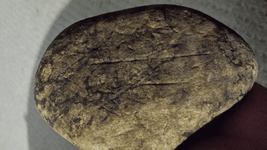
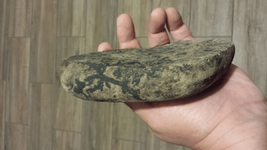


Upvote
0



 ? HH
? HH